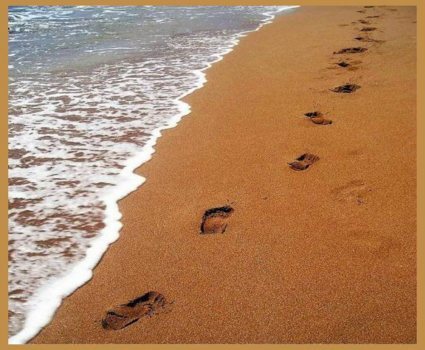Last weekend most of the country turned their clocks back one hour. The phenomenon known as "Daylight Saving Time" (DST - and no, it is NOT Daylight Savings Time) is a mystery to me. Perhaps it is because Arizona, with the exception of the Navajo Indian Reservation in the northeast part of the state, does not participate in such foolishness. But the whole idea of messing with time made me wonder when we began to actually keep time in this country and why we mess with it now.
Prior to the early 1880's, time of day in the United States was determined locally and varied from town to town. This would help explain the large discrepancies in arrival times for the stagecoach. It was generally determined by some solar method (a sundial, for example) and the town maintained a clock, usually in the clock tower or church steeple, with the "real time" for all the other clocks to be set by.
In 1883, standard time in time zones across the country were instituted by the U.S. and Canadian railroads. Although that made perfect sense so the railroads could maintain accurate schedules, the new system was not embraced by everyone - I guess change is always hard. The railroads, in particular, needed accurate schedules with standardized time to coordinate the trains so they didn't run into each other, especially on single tracks with only an occasional "passing lane." As the practical benefits became obvious, standard time became more popular and was finally established in U.S. law on March 19, 1918 with the Standard Time Act of 1918, also known as the Calder Act. The Calder Act also established DST which was about as popular as standard time in time zones was in the 1880's.
We like to think DST is a modern concept but there is evidence the ancient Romans used it and even our own Benjamin Franklin wrote a paper on the benefits (reducing candle use and allowing farmers to utilize child labor (their own children) without sacrificing education) of changing the clock to enhance daylight hours. Germany was the first country to implement DST in 1916 with most of Europe following shortly thereafter. The benefit at that time was to reduce the use of artificial lighting to save fuel for the war (WWI) effort.
Daylight saving time was repealed in the U.S. in 1919 but standard time in time zones remained the law of the land. The Interstate Commerce Commission was given authority over time zone boundaries but whether or not a region observed DST was determined locally.
Daylight saving time was re-established nationally (and internationally) during WWII (for the same reason as during WWI) but after the war its use varied among states and localities. This caused mass confusion in transportation schedules. The Uniform Time Act (1966) provided standardization for the dates DST was observed but still allowed states or localities to follow DST or not.
The current national system of DST was implemented by a federal law called the Emergency Daylight Saving Time Energy Conservation Act of 1973 in response to the oil shortage of that time and was made permanent a year later. Arizona sent petitions and politicians to Washington D.C. to fight for exemption from DST because it is cooler in the morning hours for farmers, construction workers, etc. to work. DST would force outdoor workers to begin their workday at earlier hours to take advantage of the cooler temperatures. Adding daylight hours in the evening just makes it light later while it is still hot outside and impacts when people can enjoy outdoor activities. For example, people would have to wait until 9:00 to go to a drive-in movie or play baseball on a field with lights rather than under the blazing sun. The Nixon Administration granted that Arizona (and Hawaii and several territories) be exempted from the law and it has remained that way since then.
So why does the Navajo Indian Reservation in northeastern Arizona participate in DST? The reservation spans four states - Arizona, Utah, New Mexico and Colorado - and three of them observe DST so it makes sense that the part in Arizona would also observe DST.
If having just one seventh of the state use DST isn't wacky enough, then how about the fact that inside the boundaries of the Navajo Indian Reservation resides the Hopi Indian Reservation which does not observe DST! Only in Arizona!
Wednesday, November 5
Subscribe to:
Post Comments (Atom)

No comments:
Post a Comment